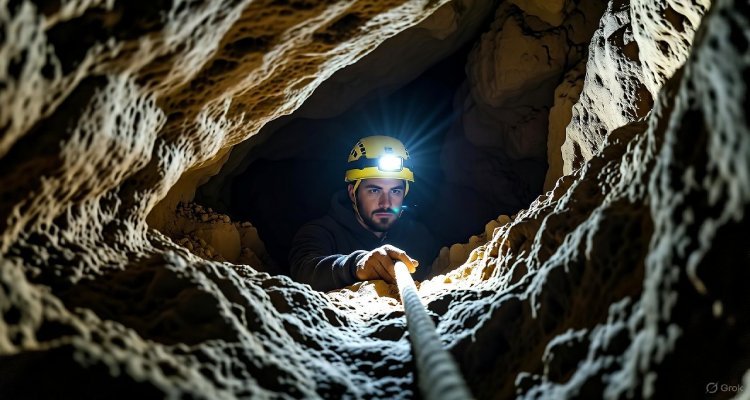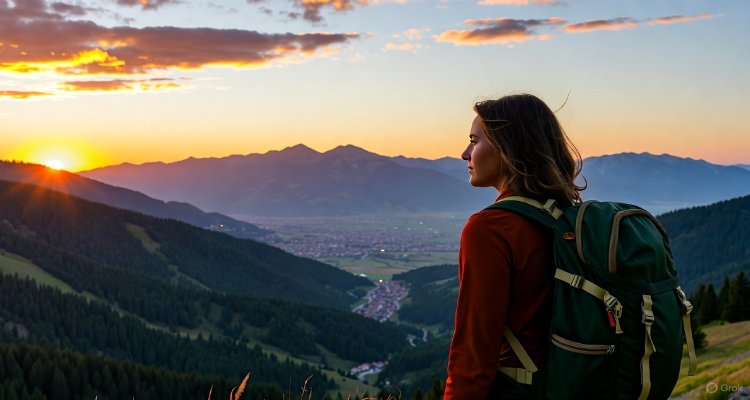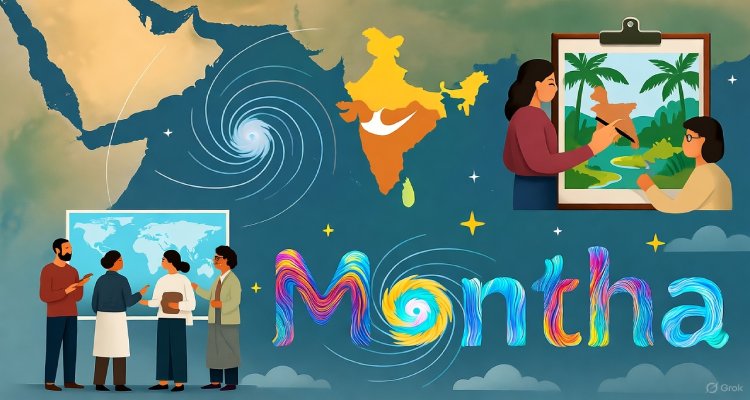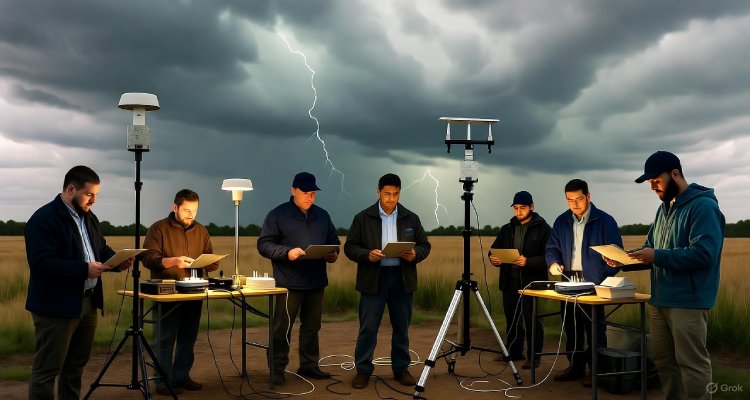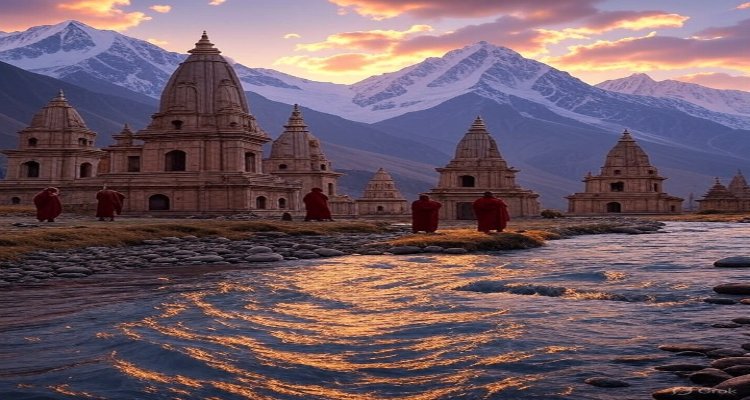Traditions & Temples: Immersive Cultural Experiences Across Asia
Explore Asia’s timeless temples and cultural traditions that offer immersive journeys into spiritual heritage, community rituals, and sacred history.Introduction: Where Spirit Meets Stone
From the snow-cloaked monasteries of Bhutan to the vibrant shrine festivals of Japan, Asia is a continent where culture and spirituality are etched in every brick, bell, and chant. Travelers seeking more than just sightseeing are increasingly drawn to immersive experiences that reveal the heartbeat of centuries-old traditions—anchored in temples, rituals, and festivals that continue to shape identities and foster communities.
Context & Background: A Continent Rooted in Ritual
Asia is home to some of the world’s oldest civilizations, and with them, a diverse tapestry of religions—Buddhism, Hinduism, Shintoism, Islam, Taoism, and more. Temples, often the spiritual and social epicenters of villages and cities alike, serve not just as places of worship but as custodians of intangible cultural heritage.
Many of these sacred sites predate modern nations. Angkor Wat in Cambodia, Borobudur in Indonesia, the Golden Temple in India, and Todaiji in Japan have become living museums—drawing in not only pilgrims but also travelers craving authentic cultural immersion.
Main Developments: From Tourism to Transformative Travel
What distinguishes these experiences from conventional tourism is their depth and intentionality. Here are some of the most immersive temple-based cultural experiences currently shaping Asia’s travel scene:
1. Bhutan’s Tsechu Festivals: Sacred Spectacle in the Himalayas
Bhutan’s Tsechu festivals, held annually in various dzongs (monasteries), are vibrant pageants where monks perform sacred mask dances known as Cham. Each performance is rooted in tantric Buddhist teachings, and attending a Tsechu is seen as an act of spiritual merit. Tourists can join locals dressed in colorful ghos and kiras, often invited to share meals and blessings with monks.
2. Japan’s Temple Stays (Shukubo): Zen in Everyday Life
In Japan, shukubo temple stays offer a minimalist retreat into Zen Buddhist life. Mount Koya (Koyasan), home to over 100 temples, provides guests with an intimate glimpse into monastic routines—chanting sutras, meditating at dawn, and savoring vegetarian shojin ryori meals prepared with seasonal ingredients.
3. India’s Ganga Aarti: A River Ritual of Light and Devotion
Along the banks of the Ganges in Varanasi, a daily ritual known as Ganga Aarti transforms the riverfront into a spiritual amphitheater. Priests perform synchronized fire offerings to honor the river goddess, accompanied by chants, bells, and the scent of incense. It’s an immersive, multisensory spectacle where visitors often find themselves deeply moved.
4. Indonesia’s Borobudur Sunrise Pilgrimage
Indonesia’s Borobudur, the world’s largest Buddhist temple, becomes a sacred path during early morning pilgrimages. As the sun rises over central Java, travelers ascend its ancient tiers in silence, each carved relief narrating a story from Buddhist lore. The atmosphere is contemplative—more ceremony than sightseeing.
5. Thailand’s Monk Chats: Bridging Worlds Through Dialogue
In cities like Chiang Mai, “Monk Chats” allow visitors to speak directly with Buddhist monks. These informal conversations foster cultural exchange and demystify monastic life, while giving monks a chance to practice English. It’s a rare opportunity for genuine cross-cultural understanding in a peaceful setting.
Expert Insight: Why These Experiences Matter
“Immersive temple experiences aren’t just about observing—they’re about participating,” says Dr. Meera Shah, cultural anthropologist at the University of California. “They allow travelers to become part of living traditions, which fosters empathy, respect, and deeper understanding of different ways of life.”
Travel analyst Akira Yamada adds, “There’s a growing shift from ‘bucket-list tourism’ to experiences that are emotionally and spiritually fulfilling. Asia’s cultural heritage, rooted in community and ritual, is uniquely positioned to meet that demand.”
Impact & Implications: Preserving While Participating
As demand for immersive cultural experiences grows, so does the responsibility to protect these sacred traditions from commercialization. Many temples have implemented guidelines to ensure respectful participation—such as dress codes, limitations on photography, and mandatory silence during ceremonies.
Local economies benefit too. Ethical tourism initiatives now funnel revenue directly into temple maintenance, cultural preservation programs, and community welfare projects.
However, experts caution against over-tourism. “We must tread carefully,” warns UNESCO consultant Nima Denzongpa. “The line between appreciation and exploitation is thin. Community-led tourism models are key to safeguarding authenticity.”
Conclusion: A Pilgrimage Beyond the Ordinary
In a world increasingly driven by speed and spectacle, Asia’s temples offer something enduring: a chance to slow down, to listen, to witness centuries-old rituals that still pulse with meaning. These immersive cultural experiences are more than just travel highlights—they are windows into humanity’s spiritual heartbeat.
Whether you’re lighting butter lamps in Ladakh or sweeping temple courtyards in Kyoto, the journey into Asia’s sacred spaces is, in many ways, a journey inward.
Disclaimer:
This article is intended for informational and cultural appreciation purposes. Visitors are encouraged to respect local customs, seek permissions where required, and support ethical tourism initiatives.



